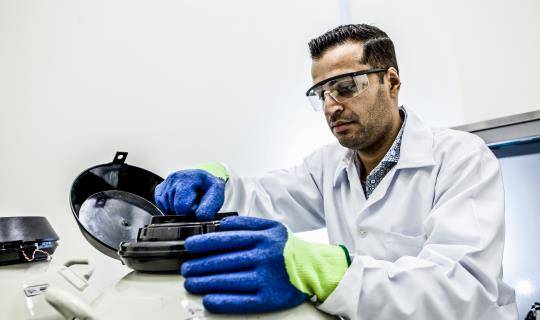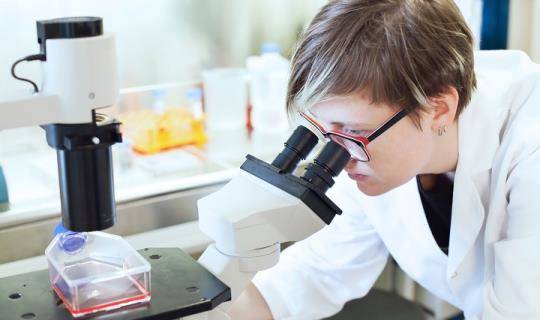Article: Connecting Cryopreserved Therapies to Patients
By World Courier
One in four cell and gene therapy (CGT) shipments are now cryopreserved[1] - Fig 1. Therapy developers are increasingly manufacturing cryopreserved therapies as this removes the issue of shelf life and builds flexibility into the supply chain.

To help therapy developers understand what is required to manage cryogenic shipping, this article provides insight into the rigorous quality standards and detailed cleaning regimens that need to be in place, on a global scale, to enable a robust cryogenic supply chain.
Cryopreserved shipments are executed within cryo-shippers, sometimes called dry-shippers or dewars, which use traditionally use absorbed liquid nitrogen (LN2) to maintain temperatures of as low as -196⁰C. At these temperatures, all cellular activity stops, meaning donations and therapies are not restricted by the short shelf lives that constrain “fresh” shipments made at warmer temperatures (generally 2-8⁰C which must be delivered, often, within 24 hours).
Cryo-logistics platform
To support therapy developers, World Courier has partnerships with SAVSU[2] , CryoPort[3] , and our own cryogenic shippers, creating a fleet of more than 300 cryo-shippers[4] , as well as the ability to transport clients own cryo-shippers.
Regardless of the cryo-shipper model, the overarching quality system is the same. A number of key principles govern the receipt through to return-to-service for a shipper in the World Courier network:
- Traceability: Actions are recorded with user, time and date recorded
- Training: Only associates who have been trained on specific dry shipper SOPs can execute key steps in the receipt and return-to-service process
- Thoroughness: Cryo-shippers are cleaned, inspected and charged according to SOPs to ensure they are ready for use
Overall, these quality system principles translate to six blocks of activity. Figure 2 shows the receipt and return-to-service process flow for SAVSU units as an example.

World Courier’s track record
Executing more than 12,000 cryo-shipments every year, the first of which was in the early 1990s, World Courier is a logistics platform developer focused on time-sensitive and temperature-critical shipments. With a team focused on advanced therapies we are the only specialty logistics provider with Good Distribution Practice (GDP) accreditation throughout its global network. We have experience of building robust cryogenic supply chains with global-scale quality standards and detailed cleaning regimens.
This article has focused on cryo-shipping, however this level of activity is echoed for all shipping systems, regardless of temperature or design. This is vital as the industry grows since it will be robust quality systems, within logistics companies, that form the link in the quality chain between GMP and GCP[5]. This enables patients to be connected to therapies at clinical and commercial scale.
I hope that this information has been useful but if you would like to know more, please let me know or arrange to audit any of the 140+ offices within our global network[6].




